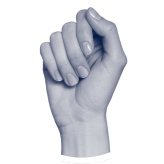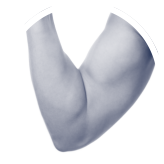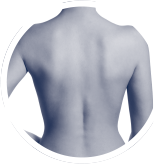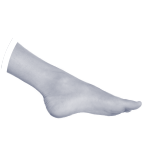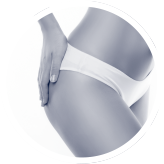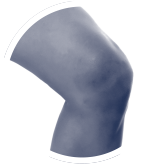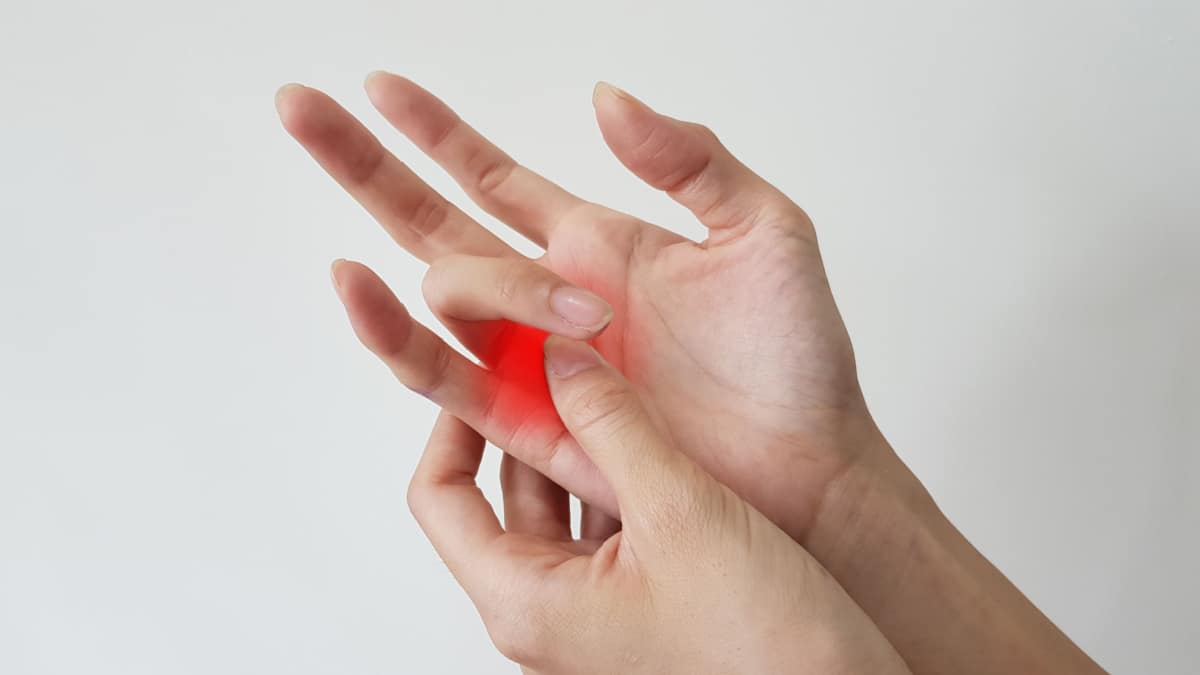
What is trigger finger?
Trigger finger is a condition affecting the flexor mechanism of the fingers, characterised by pain, stiffness and a locking feeling, stopping you from straightening your finger. It is sometimes called “stenosing tenosynovitis”. The ring finger is most commonly affected, but it can happen in any finger and also your thumb. If it is your thumb that is involved, then it is “called trigger thumb”
Causes of trigger finger
The majority of cases have no identifiable cause, but patients with Diabetes and Rheumatoid Arthritis are at more risk than the general population of developing this condition. People whose work or hobbies require repetitive gripping actions are also more likely to develop this condition, and it is more common in women as opposed to men.
What are the symptoms of trigger finger?
One or more fingers catches or locks, making it difficult to extend (straighten) the finger from a flexed (bent) position. When the finger does extend, it releases suddenly with a click – hence the name “trigger finger”. There may be associated pain. The symptoms are often worse at night or early in the morning.
Common symptoms include:
- A tender lump at the base of the finger on the palm side of the hand
- A catching, popping, or locking sensation with finger movement
- Pain when you bend or straighten the finger
How is trigger finger diagnosed?
In the majority of cases, the diagnosis is made clinically (i.e. from the patient’s history and examination findings). At LBO you will be assessed during your initial consultation and given a diagnosis. Occasionally people with this condition simply complain of pain and exhibit tenderness at the palmar aspect of the relevant MCP joint, without frank triggering.
There are other conditions of the hand that present with similar symptoms, therefore it is vital that you get an accurate diagnosis from an orthopaedic specialist.
How is it treated?
Steroid injections
Steroid injections to the most proximal (upper) region of the flexor sheath (at the base of your finger) are helpful in treating the symptoms of this condition. The symptoms can return within a few months, however, or may not be alleviated. It is normal practice to try up to two steroid injections, as around 50% of patients can have their symptoms resolved without resorting to surgery.
Surgery
If surgery is required, it can be carried out under local anaesthetic – the procedure involves a simple division of the A1 pulley. Trigger finger in rheumatoid patients is a special situation and it is usually more appropriate to carry out a flexor tenosynovectomy (removal of the inflamed lining of the tendon) than to divide the A1 pulley.
Mr Sam Gidwani specialises specifically in hand and wrist surgery and will be able to discuss the pros and cons of surgical treatment in more detail during your consultation.
If you are a new patient and would like to book an appointment with Mr Sam Gidwani, or any other of our hand and wrist consultants, then please call our booking line on 0203 576 5296. Alternatively, you can fill out an online request form and someone will get back to you.
Our specialties
We cover all the subspecialty areas of orthopaedics
Recent articles

Managing Knee Pain at Home
When it comes to your musculoskeletal health, don’t wait for things to get worse. Mr James Bliss, Consultant Orthopaedic Knee Surgeon, explains some of the simple steps you can try at home to manage knee pain but most importantly how ...
Read more


